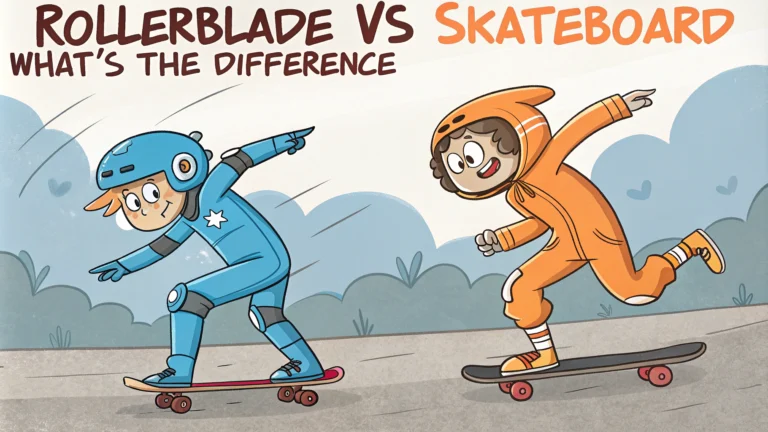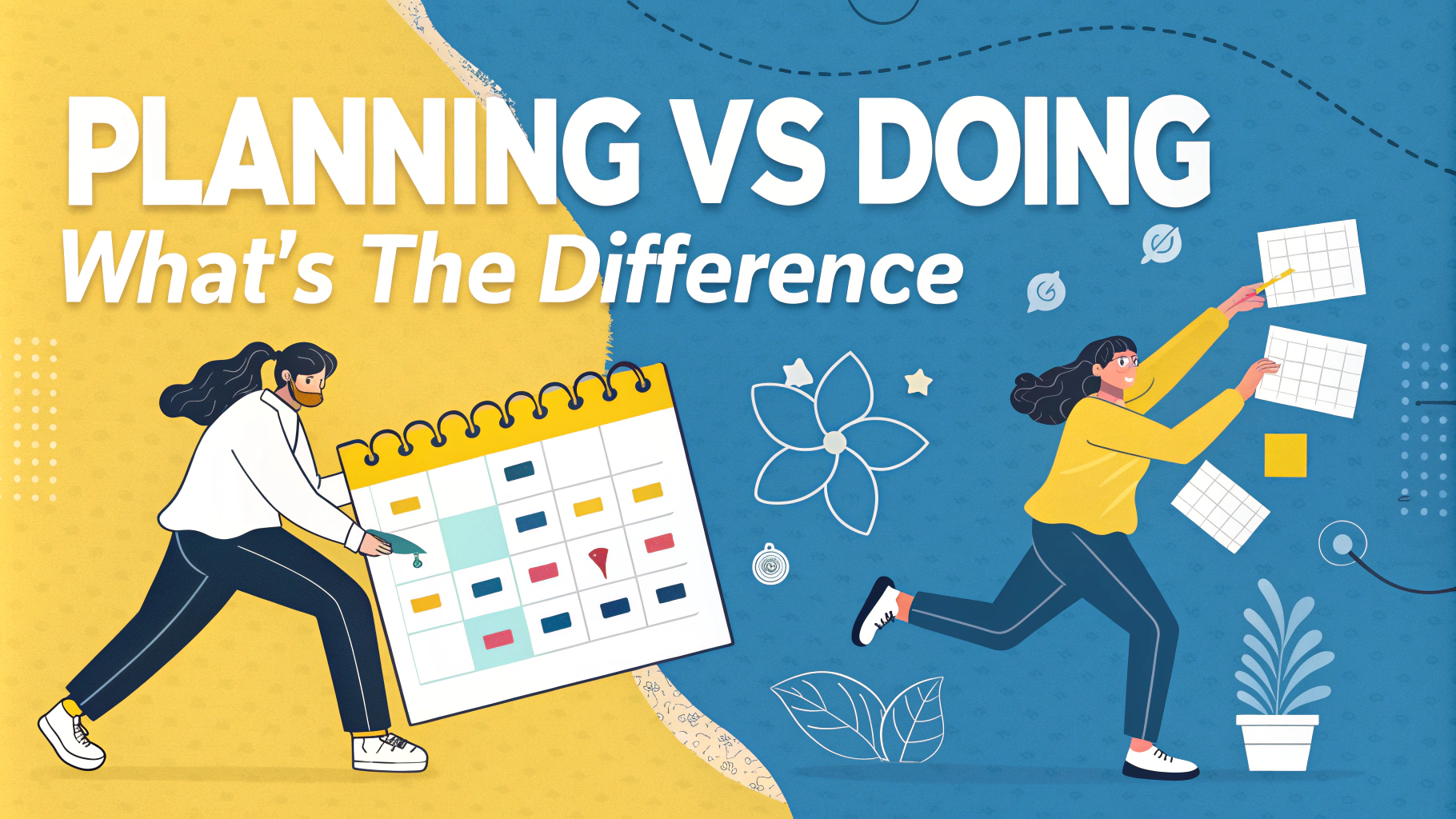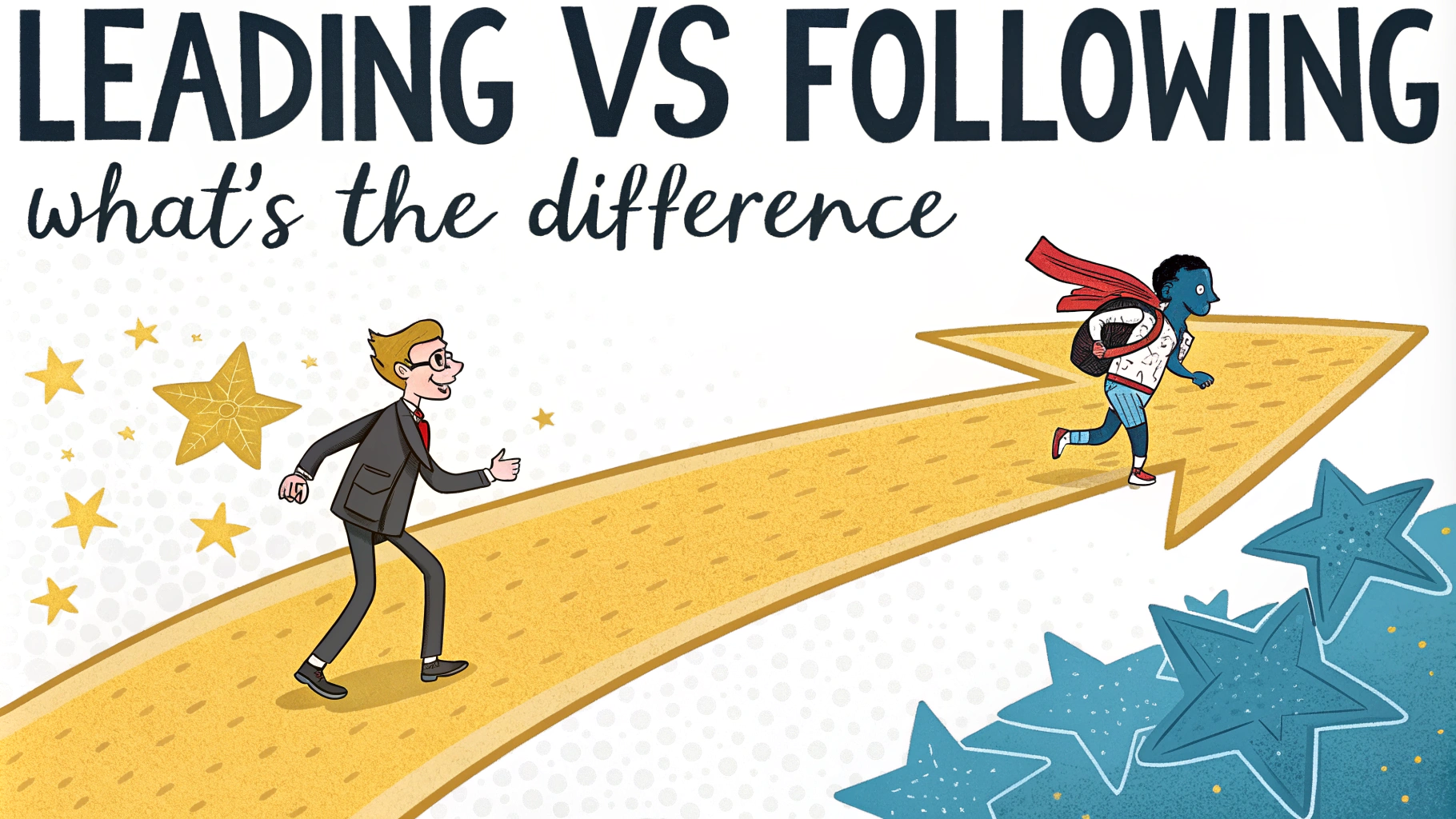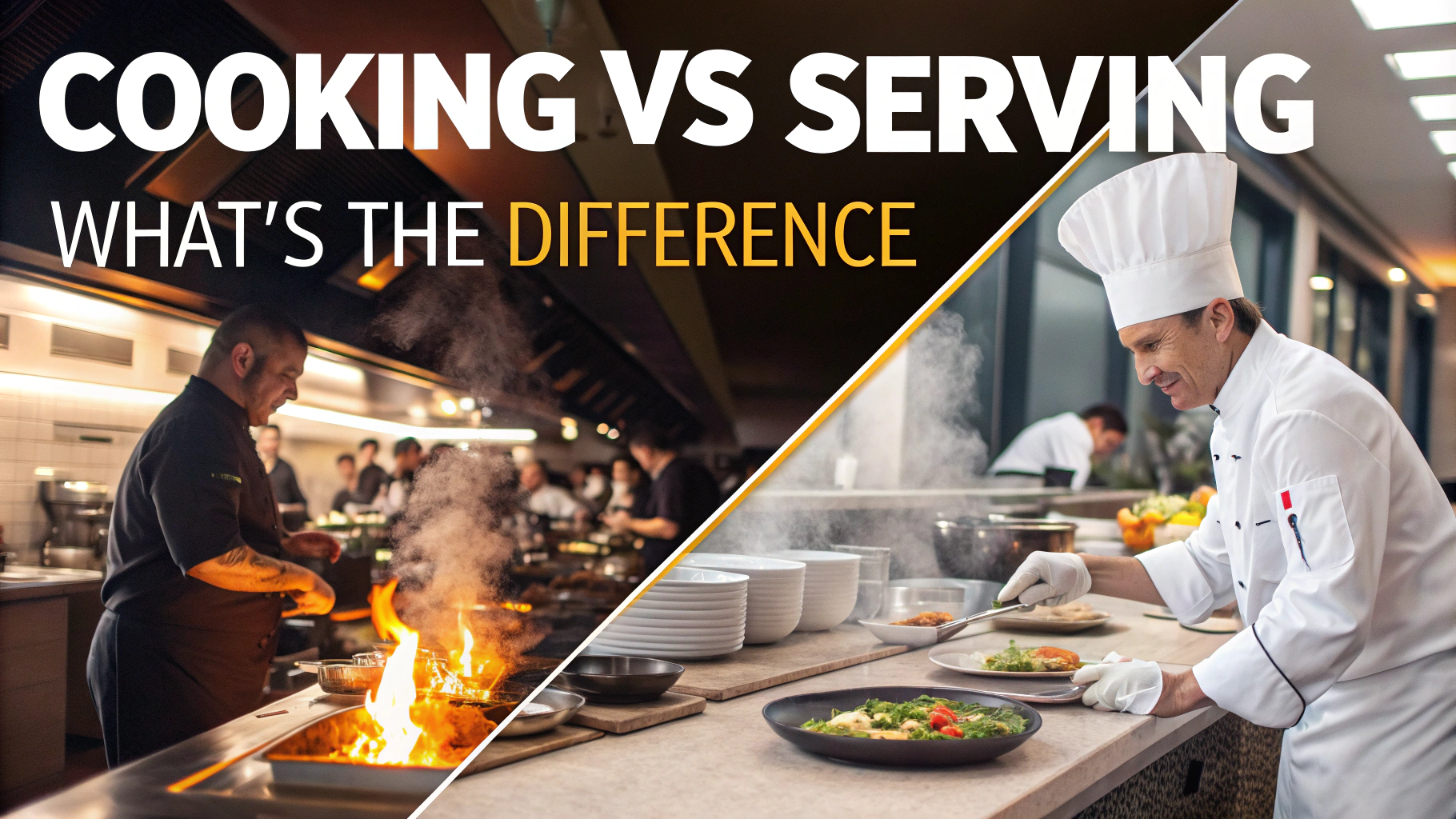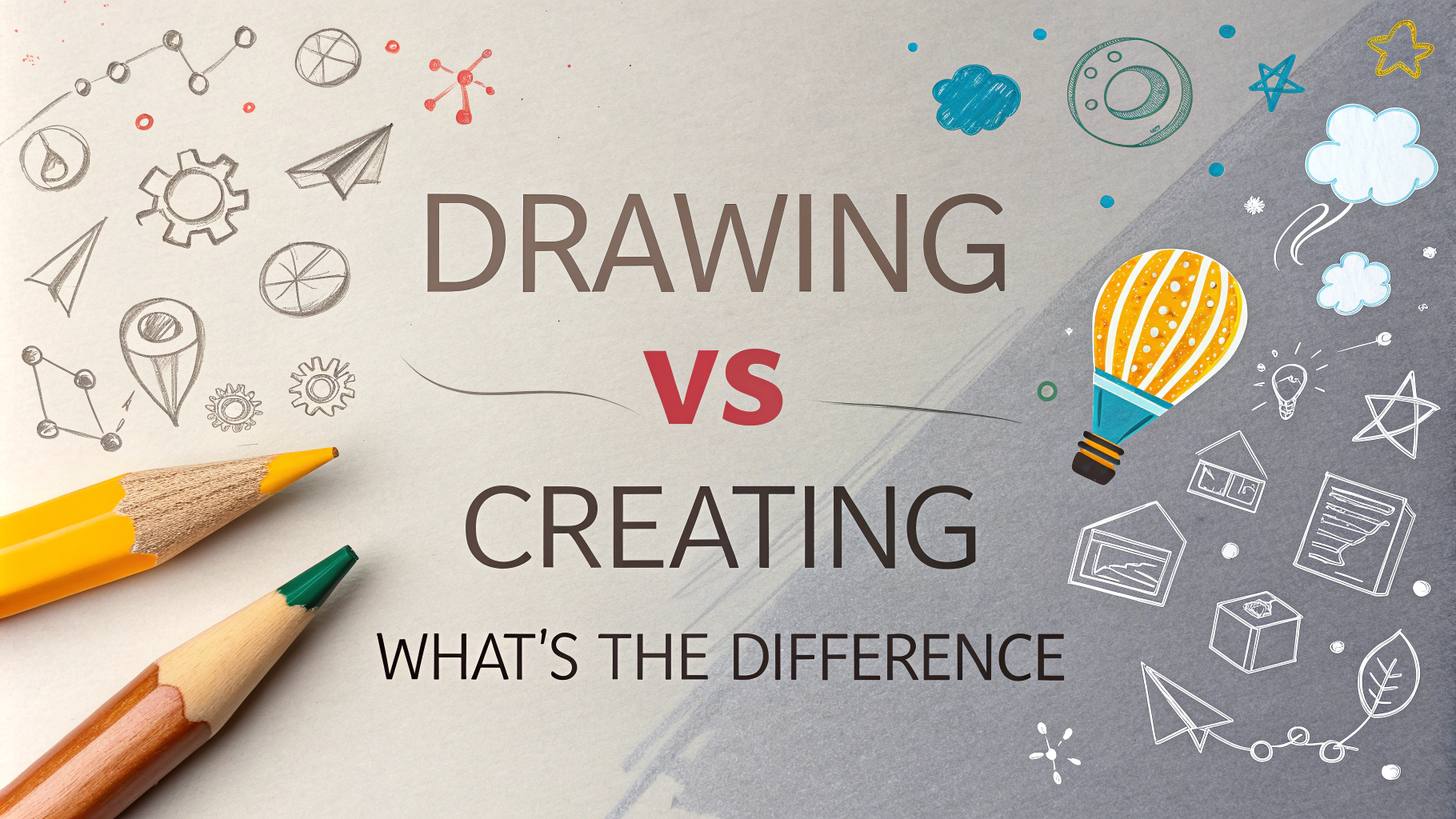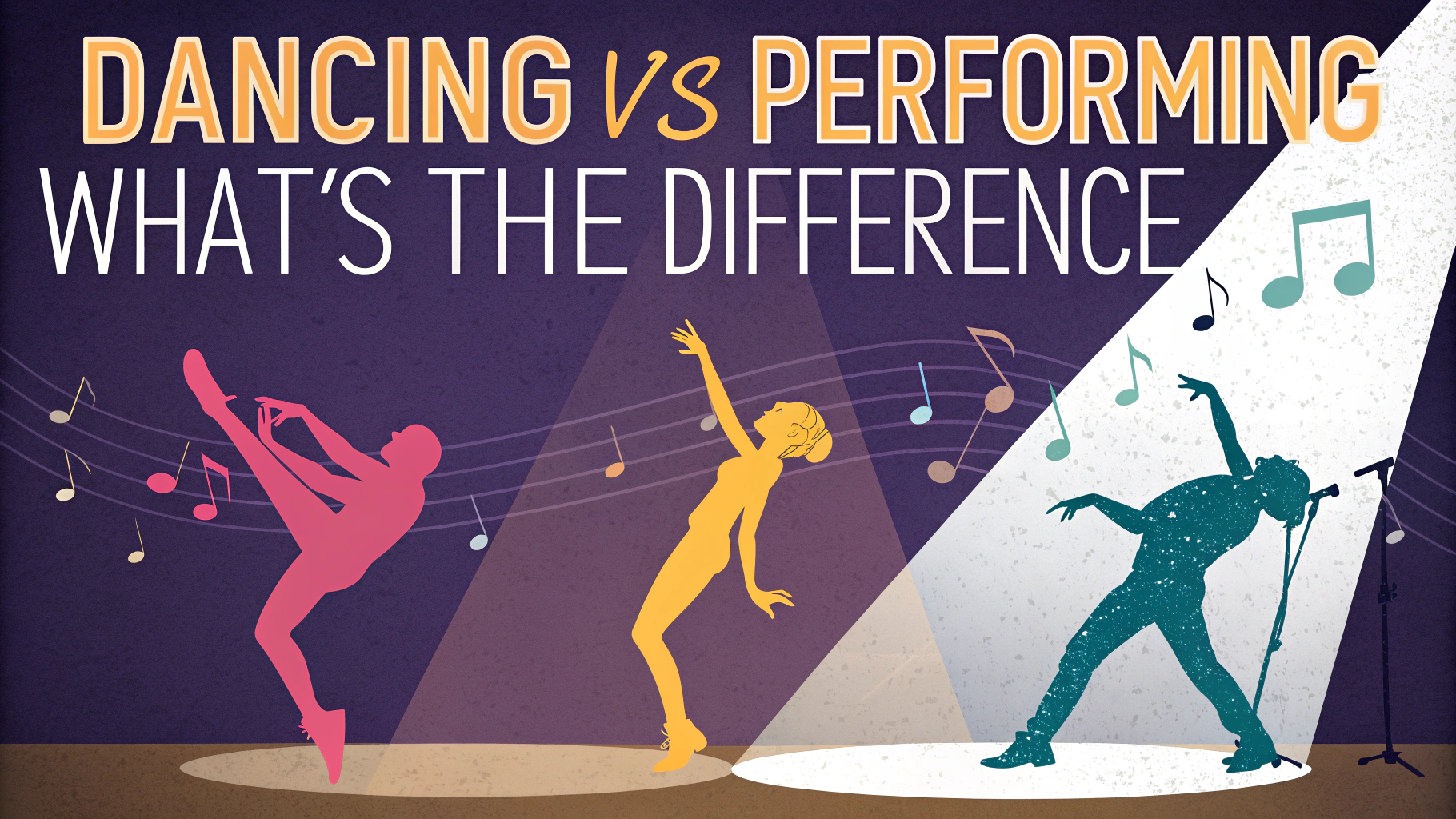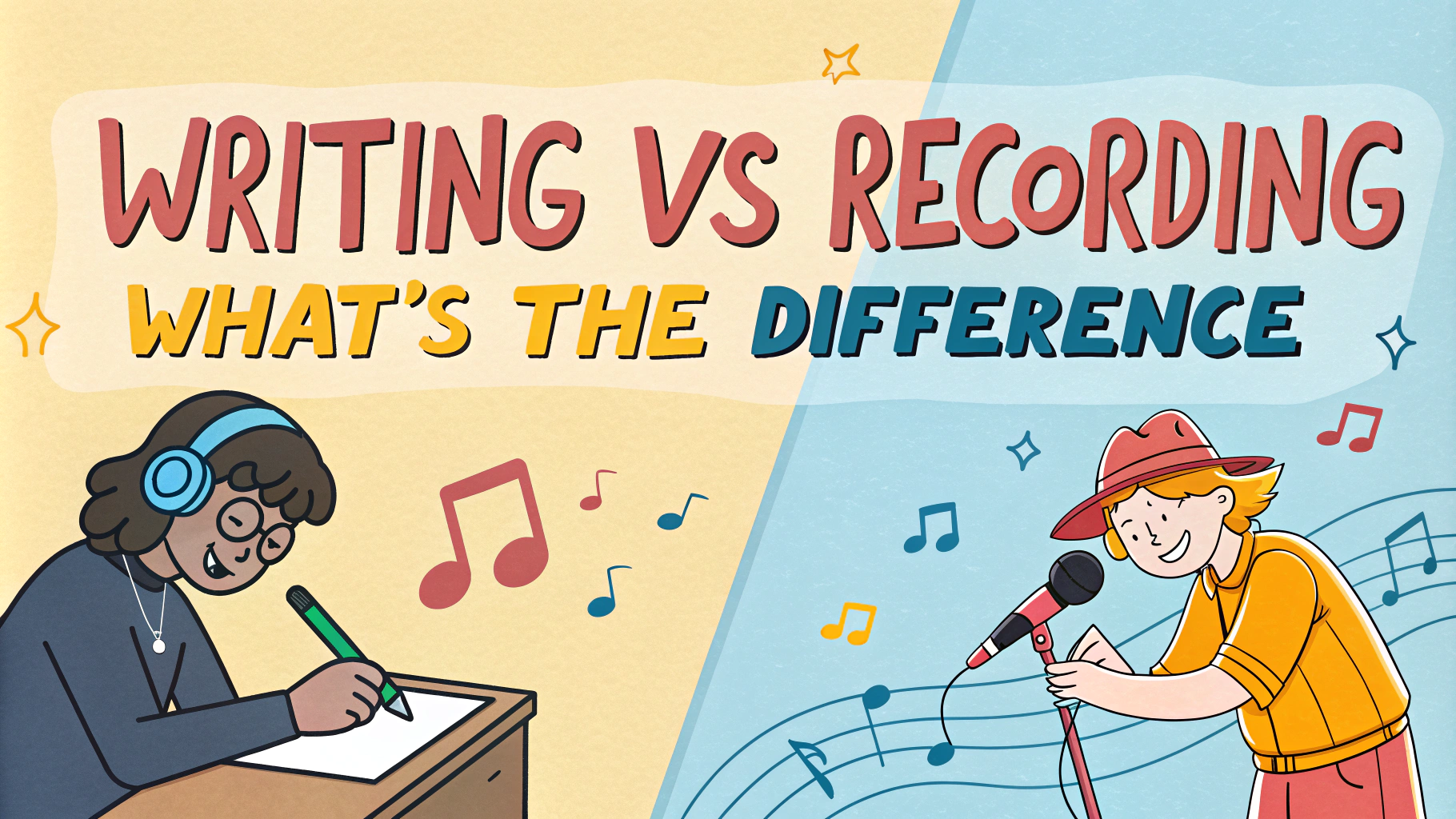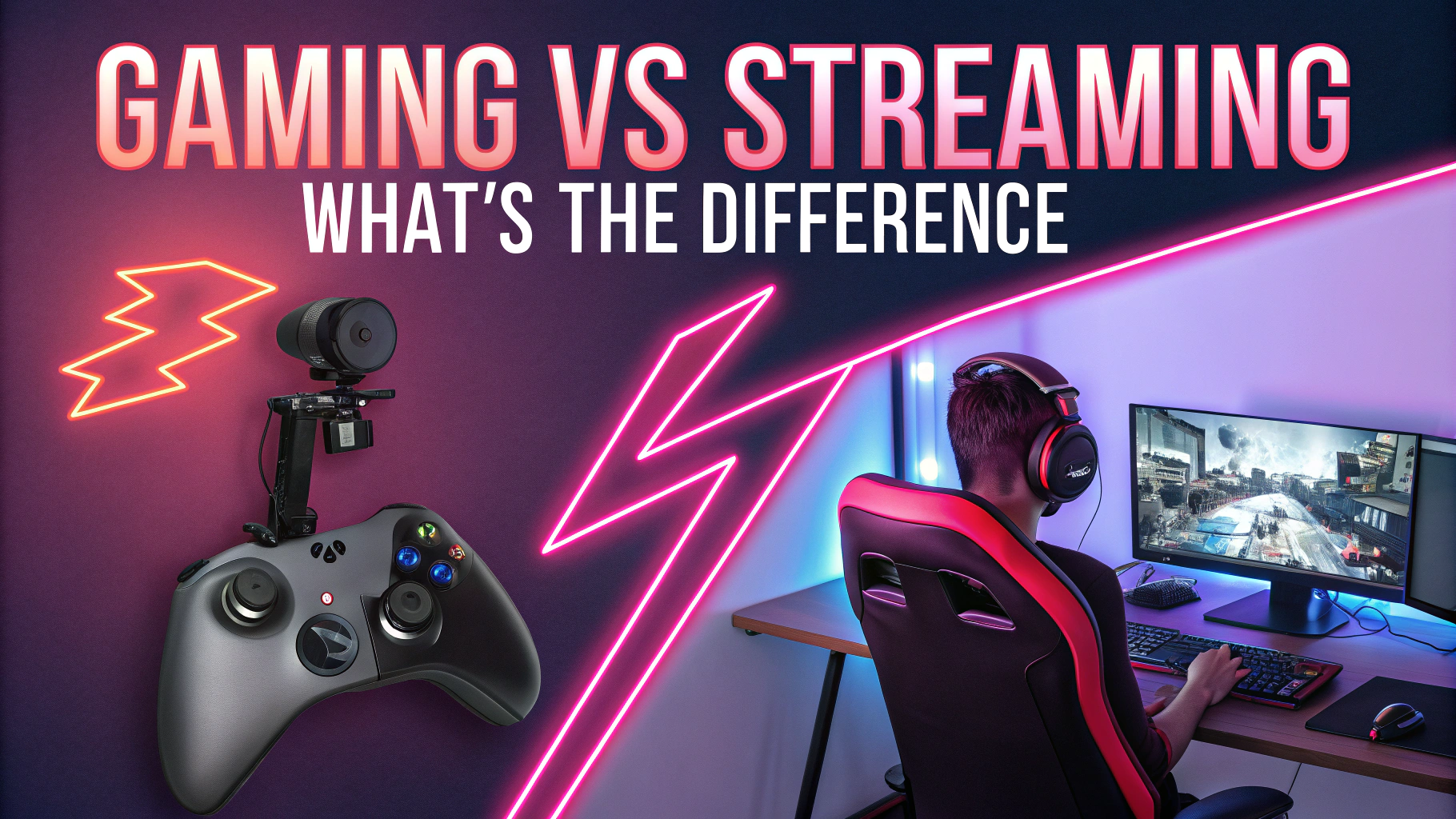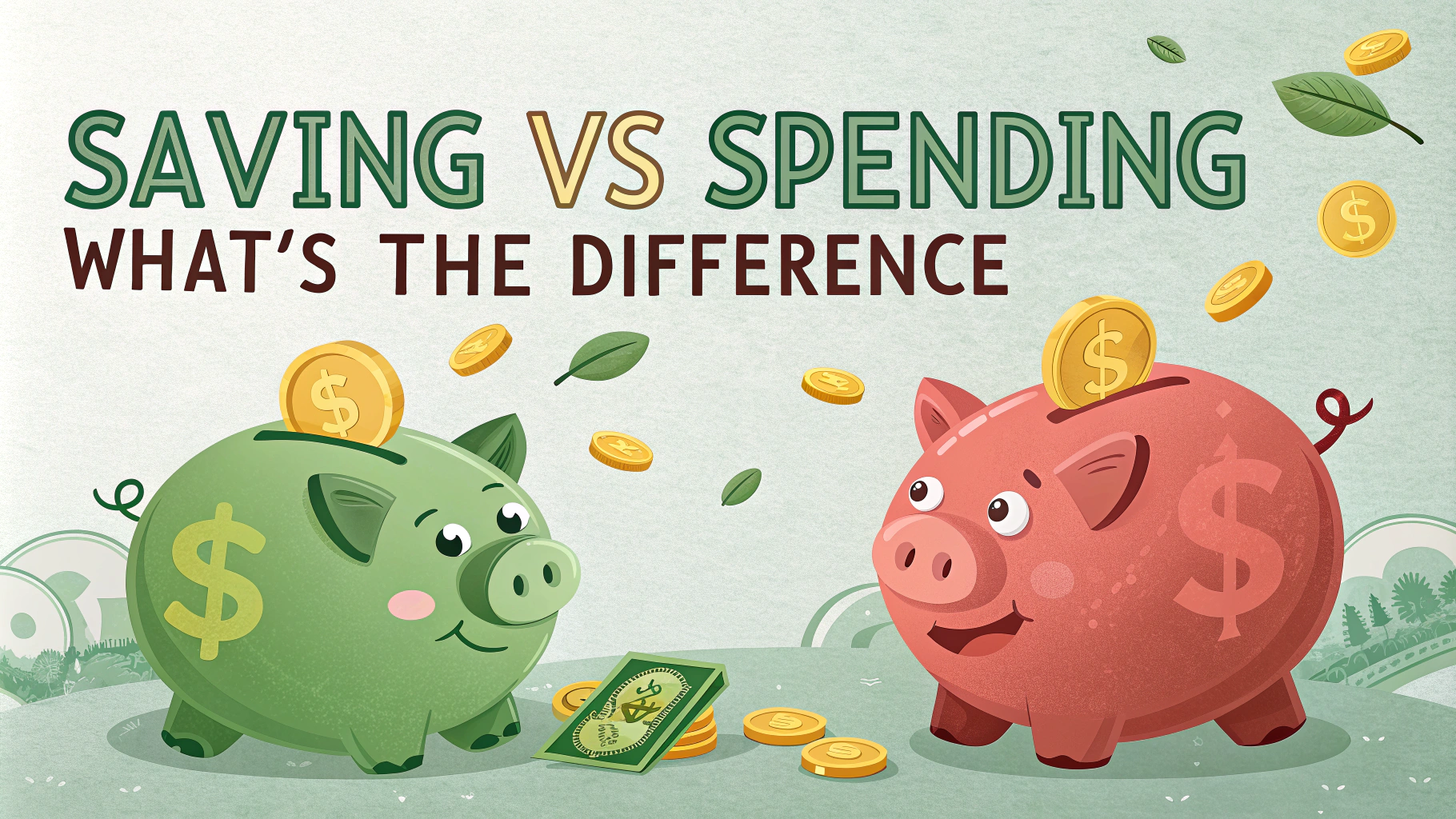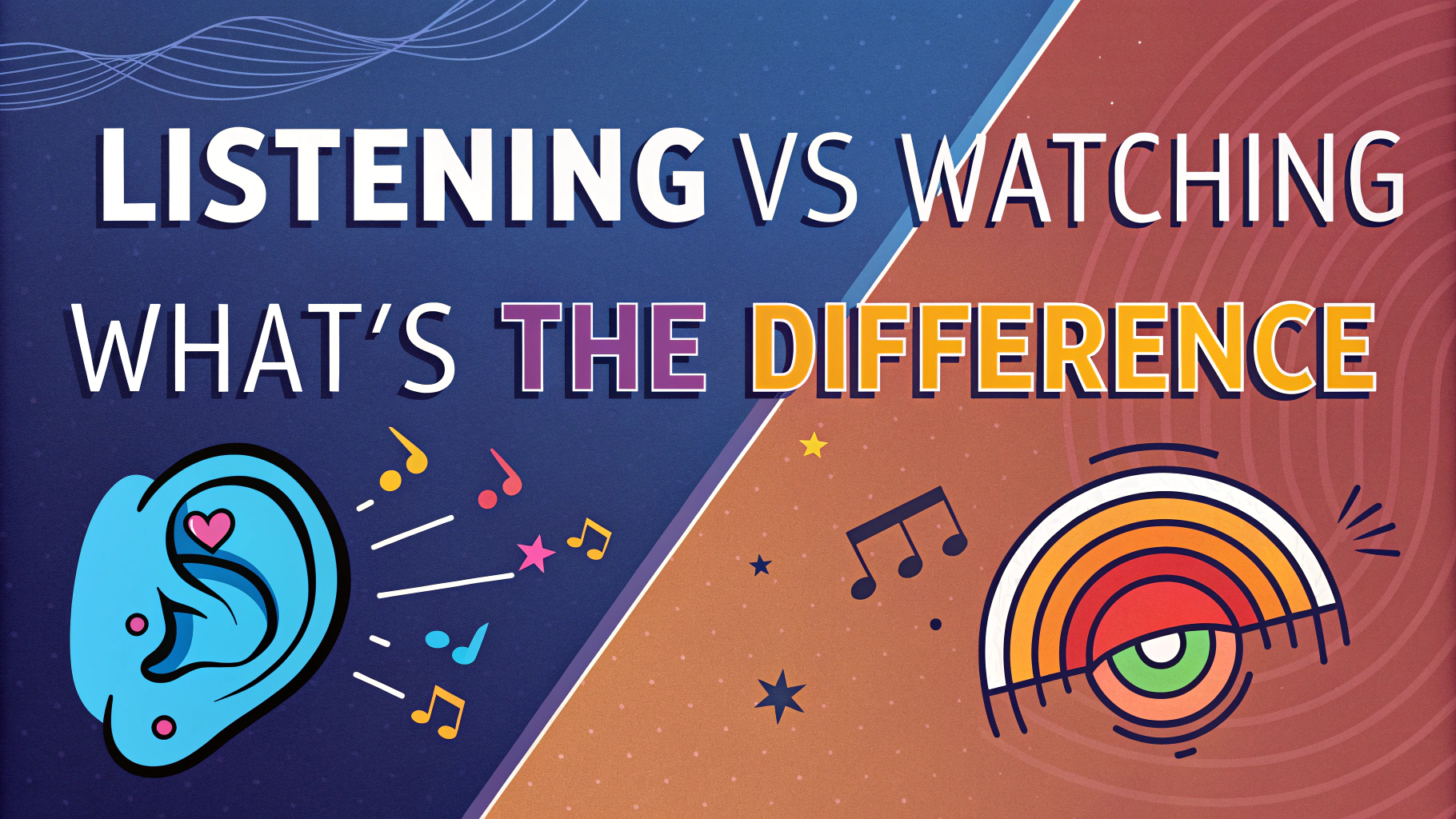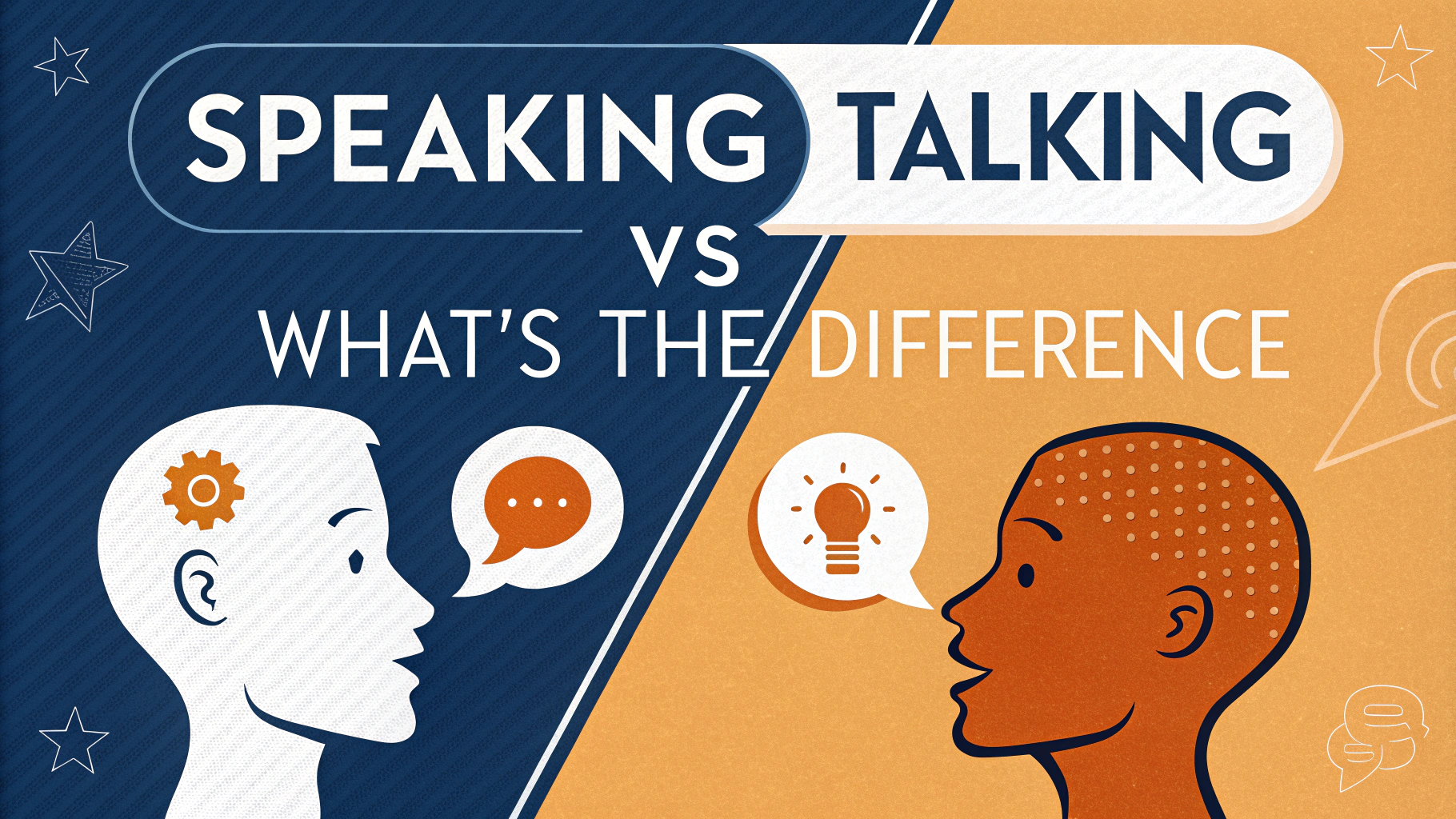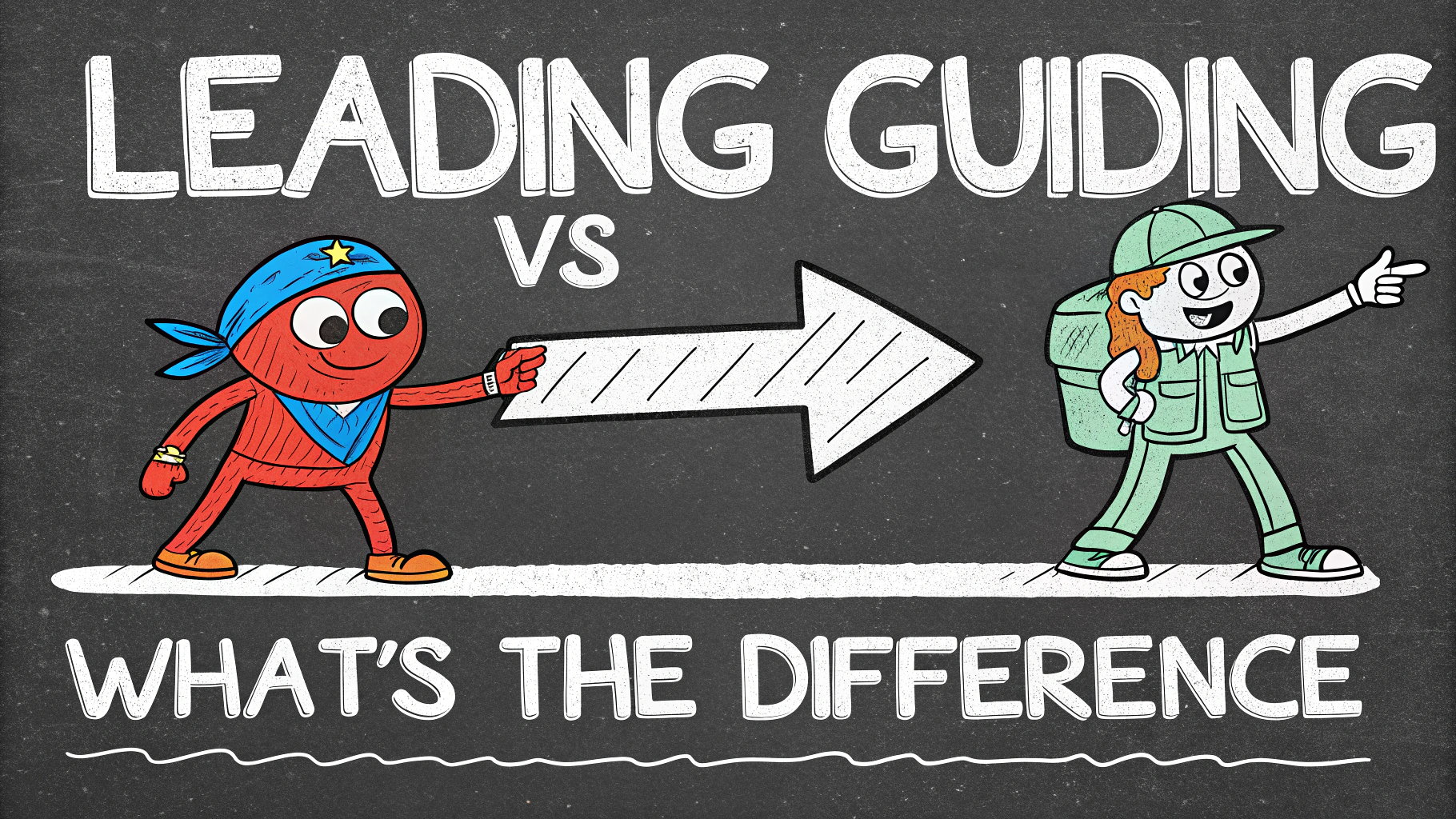Gliding down the street on wheels has never been more popular. Whether you’re considering picking up a new hobby or looking to switch between rollerblades and skateboards, it’s essential to understand their unique characteristics.
This quick guide explores the key differences between rollerblades and skateboards, helping you make an informed decision based on your preferences and goals. We’ll cover design, learning curves, versatility, and practical applications to give you a clear picture of each option.
Design and Structure: The Foundation of Movement
Rollerblades and skateboards differ significantly in their design, which impacts how you move and balance on them.
- Rollerblades: Inline skates with 3-5 wheels in a single line
- Skateboards: Flat deck with two trucks and four wheels
The inline wheel configuration of rollerblades allows for smoother, faster movement in a straight line. Skateboards offer more lateral stability and are better suited for tricks and maneuvers.
Learning Curve: Mastering the Basics
Both rollerblades and skateboards require practice to master, but their learning curves differ:
- Rollerblades: Generally easier to balance initially, thanks to the longer wheel base
- Skateboards: More challenging to balance at first, but offer quicker progression for tricks
Beginners often find rollerblading easier to pick up, while skateboarding may take more time to feel comfortable. However, the skills learned in one can sometimes transfer to the other.
Versatility and Terrain: Where Can You Ride?
The type of surface you plan to ride on can influence your choice between rollerblades and skateboards:
| Surface | Rollerblades | Skateboards |
|---|---|---|
| Smooth pavement | Excellent | Excellent |
| Rough roads | Good | Fair |
| Skate parks | Limited | Excellent |
| Long distances | Excellent | Good |
Rollerblades excel on smoother surfaces and for covering longer distances. Skateboards are more adaptable to various terrains and shine in skate parks.
Safety Considerations: Protecting Yourself While Rolling
Safety gear is crucial for both rollerblading and skateboarding. Essential protective equipment includes:
- Helmet: Protects your head from falls and collisions
- Knee and elbow pads: Guard against scrapes and bruises
- Wrist guards: Prevent wrist injuries during falls
Rollerbladers often wear additional padding on hips and tailbone. Skateboarders may opt for shoes designed to withstand grip tape abrasion.
Choosing the Right Gear
Select properly fitting safety equipment for maximum protection. Ensure your helmet sits snugly and covers your forehead.
Replace gear showing signs of wear or damage. Compromised equipment may not offer adequate protection in case of accidents.
Fitness Benefits: Rolling Your Way to Better Health
Both rollerblading and skateboarding offer excellent cardiovascular workouts and help improve balance and coordination.
| Activity | Calories Burned (1 hour, 150 lb person) | Main Muscle Groups Worked |
|---|---|---|
| Rollerblading | 600-800 | Legs, core, glutes |
| Skateboarding | 300-500 | Legs, core, arms |
Rollerblading tends to burn more calories due to its continuous motion. Skateboarding offers a full-body workout, especially when performing tricks.
Cross-Training Benefits
Incorporating both activities into your fitness routine can provide well-rounded benefits. This approach helps prevent overuse injuries and keeps workouts engaging.
Maintenance and Upkeep: Keeping Your Gear Rolling Smooth
Regular maintenance ensures optimal performance and longevity of your equipment.
Rollerblade Maintenance
- Rotate wheels regularly for even wear
- Clean bearings and replace when worn
- Tighten loose parts and replace worn brake pads
Skateboard Maintenance
- Rotate wheels and replace when worn
- Clean and lubricate bearings
- Check and tighten trucks, replace grip tape as needed
Store both rollerblades and skateboards in a cool, dry place to prevent warping and rust.
Conclusion: Choosing Your Rolling Adventure
Rollerblades and skateboards each offer unique experiences and benefits. Consider these factors when making your choice:
- Goals: Fitness, transportation, or tricks?
- Terrain: Smooth paths or varied surfaces?
- Learning curve: Quick start or long-term skill development?
- Physical impact: Lower impact (rollerblades) or higher impact (skateboard)?
Ultimately, the best choice depends on your personal preferences and lifestyle. Many enthusiasts enjoy both activities, allowing for varied experiences and skill development.
Whether you choose rollerblades or a skateboard, prioritize safety, maintain your equipment, and enjoy the freedom of rolling on wheels. With practice and dedication, you’ll soon be gliding smoothly and confidently down your chosen path.
FAQs: Rollerblading vs. Skateboarding
1. What are the main differences between rollerblading and skateboarding?
The key differences include:
- Wheel configuration: Rollerblades have inline wheels, while skateboards have four wheels in a rectangle
- Foot position: Rollerbladers’ feet are parallel, skateboarders’ feet are perpendicular to the board
- Learning curve: Rollerblading is generally easier to learn initially
- Terrain versatility: Skateboards are more versatile for tricks and urban environments
2. Which burns more calories: rollerblading or skateboarding?
Rollerblading typically burns more calories than skateboarding. On average:
| Activity | Calories burned per hour (150 lb person) |
|---|---|
| Rollerblading | 600-800 |
| Skateboarding | 300-500 |
3. Is rollerblading safer than skateboarding for beginners?
Generally, rollerblading is considered safer for beginners due to:
- More stability with a longer wheelbase
- Easier balance with feet positioned in-line
- Built-in braking system on most rollerblades
However, both activities require proper safety gear and precautions.
4. What muscles do rollerblading and skateboarding work?
Both activities engage similar muscle groups, but with different emphases:
- Rollerblading: Focuses more on quadriceps, hamstrings, and calves
- Skateboarding: Engages core muscles more, along with leg muscles for balance and propulsion
Both activities also work the glutes and improve overall balance and coordination.
5. Can you lose weight faster with rollerblading or skateboarding?
Rollerblading generally leads to faster weight loss due to higher calorie burn. However, consistency and intensity of practice are key factors in weight loss for both activities.
6. What’s the cost difference between rollerblades and skateboards?
Entry-level costs are similar, but high-end equipment varies:
- Basic rollerblades: $50-$150
- Basic skateboard: $50-$100
- Professional rollerblades: $200-$500+
- Professional skateboard: $100-$300+
7. Are rollerblades or skateboards better for commuting?
Rollerblades are often preferred for commuting due to:
- Higher average speed on flat surfaces
- Easier handling of small obstacles and cracks
- More efficient for longer distances
However, skateboards are more convenient to carry and store.
8. Which is easier to learn: rollerblading or skateboarding?
Rollerblading is generally easier to learn initially. Most beginners can start moving and stopping safely within a few hours. Skateboarding has a steeper initial learning curve but may offer more room for advanced skill development.
9. What are the best rollerblades for beginners?
Top beginner-friendly rollerblades include:
- Rollerblade Zetrablade
- K2 Kinetic 80
- Bladerunner Advantage Pro XT
Look for models with a sturdy boot, adjustable closure system, and moderate wheel size (78-80mm).
10. How do you maintain rollerblades vs. skateboards?
Maintenance differs slightly:
- Rollerblades: Regular wheel rotation, bearing cleaning, and brake pad replacement
- Skateboards: Deck grip tape replacement, truck adjustment, and wheel/bearing maintenance
Both require periodic checks for loose parts and wear.
11. What are the best skate parks for both rollerbladers and skateboarders?
Versatile skate parks suitable for both include:
- Venice Beach Skatepark (Los Angeles, CA)
- SMP Skatepark (Shanghai, China)
- Black Pearl Skatepark (Grand Cayman)
Look for parks with a mix of street and transition elements.

